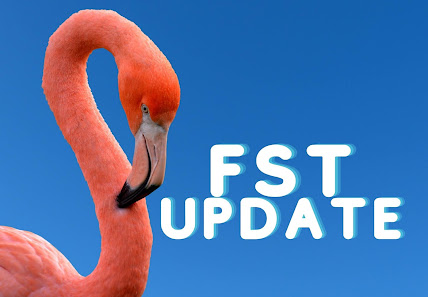Contributed by Augie Maurelli, UVA Finance
With any large project, such as an enterprise resource planning (ERP) implementation, there is going to be concern around change. That angst is usually in two forms, fear of the unknown as well as awareness of how much more needs to be done prior to go-live. Mark Twain said something like the only person who likes change is a baby with a wet diaper. He’s not wrong, but also, in fairness to us, the baby gets instant relief. That problem is easy to solve with one clear solution. Most change, especially in a decentralized shared governance model, requires more patience and time to reap the benefits. The upside is that consensus and group thought ultimately lead to better decisions. However as the needs, and therefore the solutions, become more nuanced, the overall awareness can create anxiety—most recently around the Foundation Data Model (FDM), Workday’s term for chart of accounts (CoA), amongst others.
As we’re going through finance transformation, it’s easier for some areas of the University to look at the move to Workday Financials and the FDM as a chance for a clean slate. For others, the focus is trying to understand how to translate what they’re working with in our current chart and related sub-systems and business processes, and the requirements to convert those into the new FDM. Navigating all that complexity is often easier said than done. The effort and work associated around a holistic approach has been voluminous, and not without challenges specific to UVA. To be truly “transformational,” we need to fully appreciate and ensure we meet as many managerial reporting requirements as possible without sacrificing our statutory reporting needs. As a result, we are constantly weighing the balance between rigidity around statutory reporting and flexibility around managerial, budget, and other reporting needs across Grounds.
It is incredibly challenging to approach this migration from our current five segment chart, which has to run through an Oracle Grants Accounting module, to an FDM with twelve worktags (plus accounting worktags) as a lift and shift—there are few easy to understand 1:1 comparisons. The team fully appreciates the difficulty people have getting their arms around it conceptually. Just as I had difficulty fully understanding our PTAEO and how we use our chart segments, it must be equally challenging for those who have been working in Oracle to conceptualize the future state.
All of that work and concern increased exponentially when you contemplate that for more than a year we’ve all been dealing with COVID. Change exhaustion is pervasive; we’re finding new footing every day with the realities of living and working during a global pandemic. Zoom fatigue is real, and COVID brought on new work that was additive to an already fully deployed and fully engaged workforce—it’s not shocking there is apprehension around this effort.

You have to look at this project as iterative, with improvements made along the way–and end in mind. The FDM as it resides now can absolutely accommodate UVA in a production environment. We could absolutely produce financial statements, compensation our employees, pay our vendors, and manage our grants. We have poured enough of that base level foundation for all of that to be possible. The key is to realize that optimizing the functionality of our FDM, and that includes all aspects, is not linear—it’s more of step function with big improvements after long periods of intense work. Fortunately, as we turn out this tenant for summer, we should take one of those steps.
From a timing and project planning perspective, we are roughly 15 months before Workday Financials go-live: summer testing and evaluation should aid in maximizing our use of the system’s features, embracing best practices, and doing so without hindering the work of schools and units. This is more than accounting; it gives us a chance to further contemplate workflow, approvals, controls, reporting, and other functionality.
We want to take advantage of some of the functionality that is going to make our work easier and more streamlined, such as internal invoicing capabilities. We are also threading in a budgeting tool when for a long time that has been a process outside of our financial system. Between the capabilities of Workday Financials and harnessing the power of Adaptive Planning for budgeting, we are able to contemplate our CoA in ways we haven’t had the opportunity to before. Doing so takes care, time, and governance. I hope when we get the tools in people’s hands with UVA data, they’re going to like what they see. And the project team will seek more feedback and use it to make improvements.
Another highly anticipated aspect of the project is clarity around reporting. People want to see their reports—the key reports held near, dear, and sacred in their areas. The challenge with that is some of the prioritized work right now isn’t that kind of reporting—but again the data needs to be clean when you share reports or you risk credibility and create more uncertainty. How and what you share is as important as the requirements and functionality you build toward. At this point, colleagues across Grounds need to be focusing on cost center and FDM mapping, and then we can tackle reporting.
The important things is that we are all going through this process together, and I feel it truly is a team effort between all of UVA Finance, the FST Team, and all of our constituents and colleagues. If we can remember why we’re here and why we do what we do—and that is to service UVA’s academic mission—I have no doubt we have the leadership support and sprit de corps to ensure success.



























